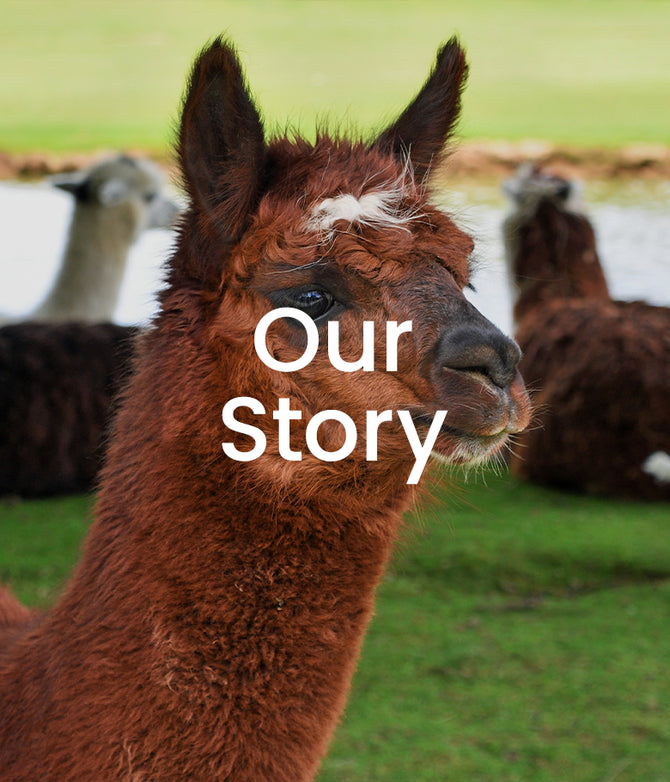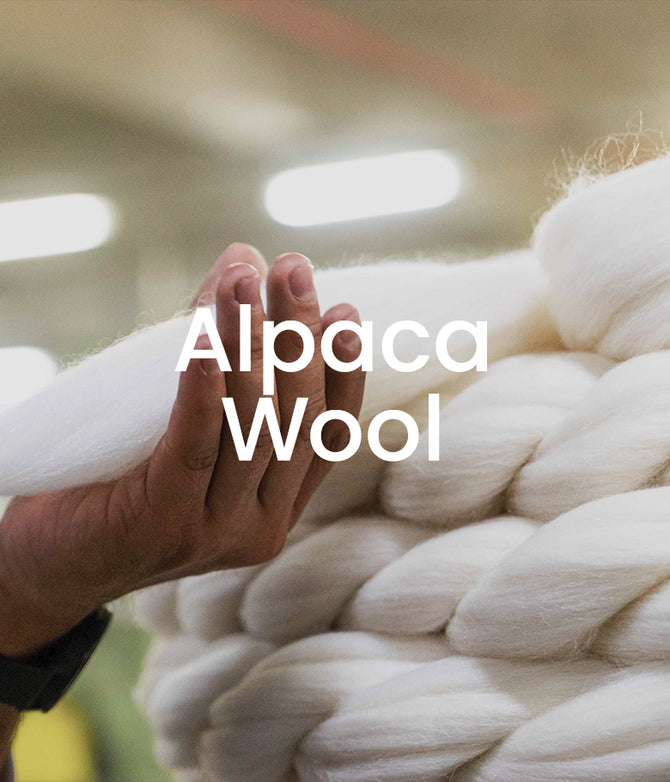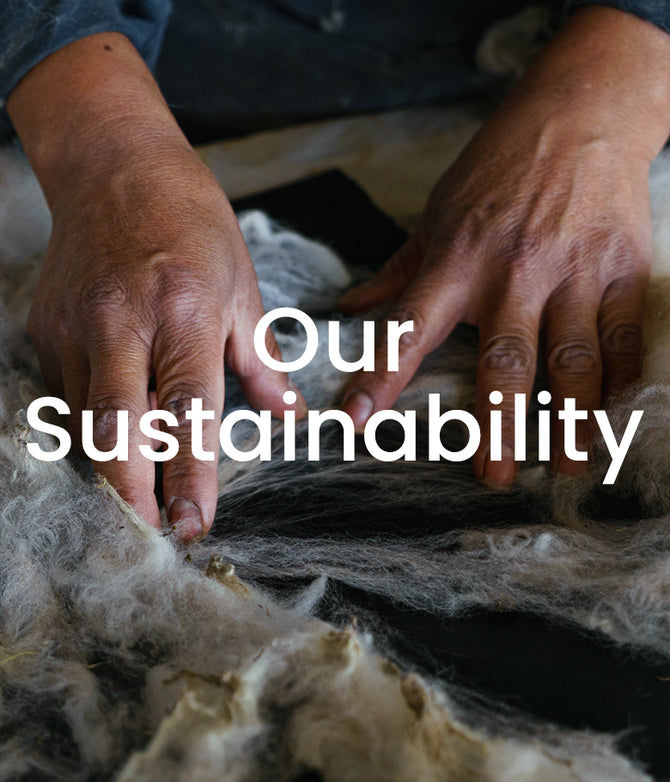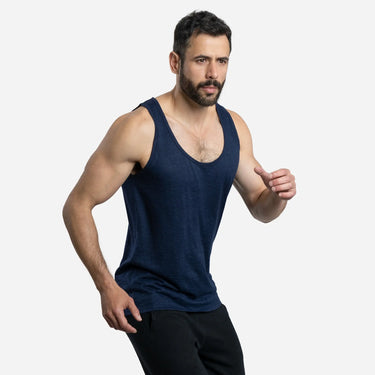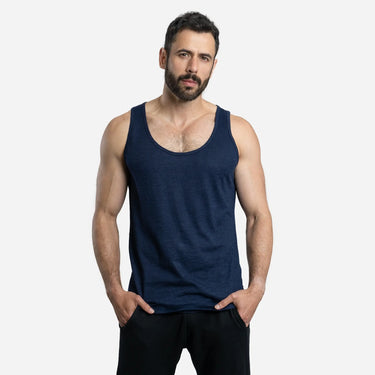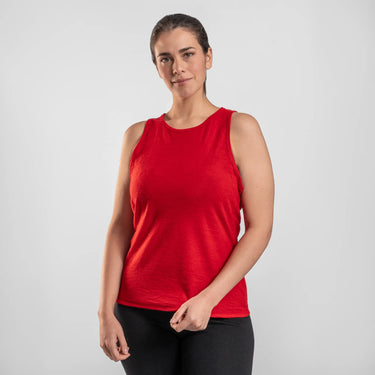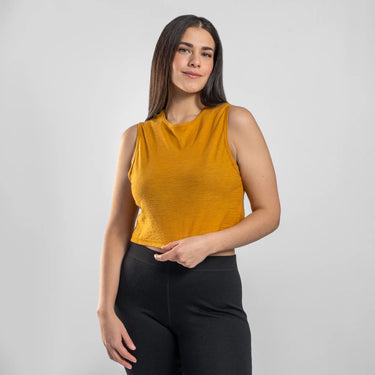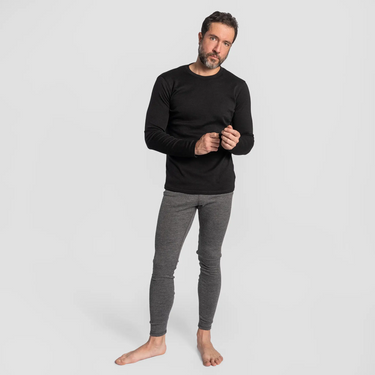WHAT TO BRING TO THE AMAZON RAINFOREST
Published June 23, 2021, edited December 15, 2021
Planning a Trip to Peru
You’re planning a trip to Peru, and you want to pack just right for your whole adventure. You will probably do some hiking in the Peruvian Andes, visit Machu Picchu, and visit Lima.
Is a visit to the Amazon Rainforest on your list? It should be.
The Amazon is one of the most important rivers in the world, winding through multiple countries in South America. The rainforest that surrounds it is lush and rich in biodiversity. A trip to see this marvel for yourself can even be coordinated from Cusco. This 5-day tour with our friends at Hidden Jungle Cusco is a fantastic option.
As you prepare for your journey, we have some pro-tips and tricks as you plan your packing list. Some of our suggestions may surprise you!
5 Packing Essentials for the Amazon Jungle
- Natural Insect Repellent
- Long Socks
- Sustainable Flip Flops
- Reusable Water Bottle
- Alpaca Base Layer

1. Natural Insect Repellent (that works!)
As nature-lovers, we're happy to see a movement toward using plant-based, natural bug spray instead of the stuff that's drenched with DEET. The two hot contenders these days are Picardin and Lemon Eucalyptus Oil.
With each, look for a high percentage (20% or higher) concentration of the active ingredient. They're harmless ingredients, keep bugs at bay, and are better for the surrounding nature than DEET.
Two reccommended brands are Lemon Eucalyptus-based Repel (at REI) and Proven Picardin Repellent.
2. Long Socks
Rubber boots are often provided for trips into the Amazon, so you'll need to be sure to have long comfy socks.
Our Alpaca Wool Socks are a perfect mix of breathable, stink-free, and comfy, even for long days on your feet.

3. Sustainable Flip Flops
You'll be sure to need a great pair of flip flops for relaxing in the jungle. Easy to kick off for lounging in the hammock, your toes will be happy for a break after a long day of walking and exploring.
Regular sandals can be bad for the environment for their plastic or rubber material. We looked at Good On You for some advice. Good On You rates brands as being ethical and sustainable, using their own rating system that looks at People, Planet, and Animals.
Ecoalf score a GOOD rating. The sandals are made from recycled tires to keep them from filling up landfills. They'll also be durable and sturdy for any adventure.
4. Reusable Water Bottle
Staying hydrated is tough when you're on-the-go. Bring a nice, big water bottle that you can fill as needed along the way. This will help keep rivers clean of excess plastic waste, and ensure that you have what you need on hand.
Stainless steel bottles are a great option. Built-to-last and easy to tote around, Klean Kanteen is a family-owned, B Corps, Carbon Neutral company that make high-quality water bottles.

5. Alpaca Base Layer
Quick-Dry in the Humid Jungle
Since Alpacas live in the rainy Andes, their wooly coats are adapted to dry quickly. In the jungle, where the air is humid even between rain showers, your Alpaca base layer will completely dry out between uses.
Cotton, on the other hand, acts like a sponge in humid conditions. If a cotton shirt isn’t directly in the sun after being washed, it may take a couple of days to dry out.
Polyester gear may be quick-dry, but it gets stinky quickly, so you'll need to wash it between uses. And, even handwashing your favorite shirt may leak some microplastics into the pristine river water.
Won't Get Stinky
Washing can be tricky deep in the forest. Alpaca is antibacterial and doesn’t need to be washed very often. You'll feel confidently stink-free, even while hiking and sweating.
In fact, we dare you to consider whether your base layer even needs washing after your jungle trip. Alpaca garments only really need to be washed if they’re actually dirty. Sweat will disappear just from getting aired out.
Since most of the clothes we wear are cotton and polyester, we are conditioned to wash our clothes after nearly every use. Alpaca gear simply won't smell bad, and doesn’t need to be washed very often.
Stay Warm after Sunset
The night time in the rainforest is simply magical. The insects in the trees, and frogs in the ponds sing as soon as the sun starts to set.
Overnight, the air can actually get a little chilly. Early in the morning, you will be grateful for the warming properties of your Alpaca sweater.
Even better, if you have a chance to ride on a boat once the sun has set, you’ll see a zillion stars from the river. The air will be cool from the boat, so that extra layer will be the perfect companion.

Temperature-Regulating and Built-In Sun Protection
A sweater in the jungle seems crazy.
Let’s frame it like this: Alpacas live in a climate that fluctuates between hot and cold in a matter of hours. The fiber is breathable and adaptable.
Alpaca fiber will also block harmful rays of sun from your skin. Peru's proximity to the ecuator means strong, intense sunshine, so Alpaca wool helps protect them, and will protect you too.
Also, the bugs in the jungle can be pretty intense, so long sleeves help keep them at bay.
Perfect Gear for a Trip to Peru
As a modern, eco-concious, efficient packer, you want to bring just the right things for a trip to Peru. Though geared for the Amazon Rainforest, these five essential items will be useful on your whole trip to Peru.








